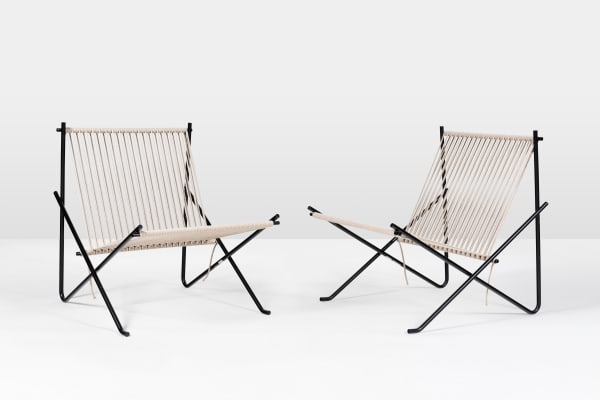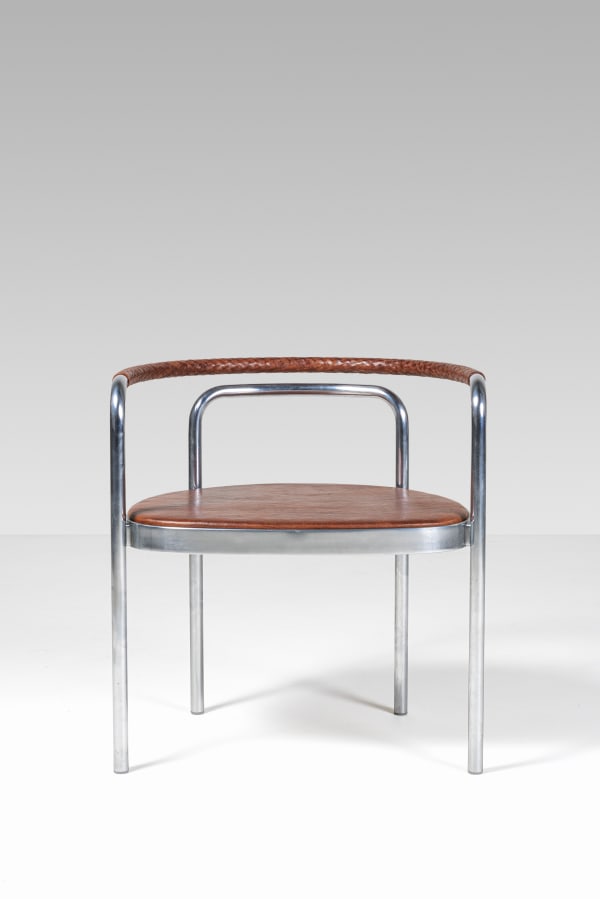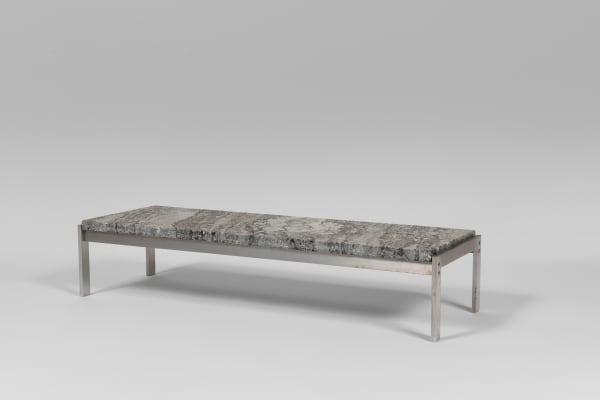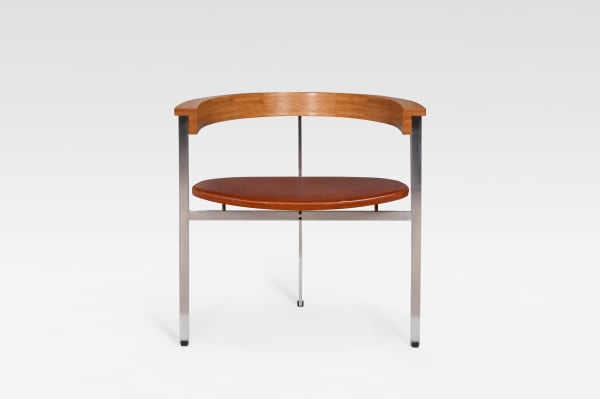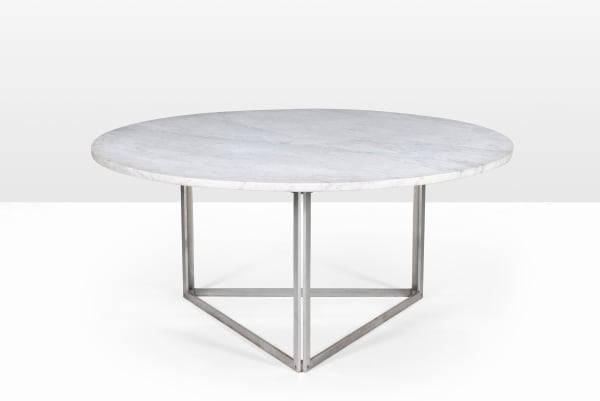Poul Kjaerholm Denmark, 1929-1980
-
 Academy desk, 1955
Academy desk, 1955 -
 Academy Desk , 1955
Academy Desk , 1955 -
 Dining table, 1963
Dining table, 1963 -
 Office table, 1957
Office table, 1957 -
 Pair of "Holscher" chairs, 1952
Pair of "Holscher" chairs, 1952 -
 PK 12 armchair, 1964
PK 12 armchair, 1964 -
 PK 22 Pair of lounge chair, 1956€ 14,000.00
PK 22 Pair of lounge chair, 1956€ 14,000.00 -
 PK 63A Coffee table, 1968
PK 63A Coffee table, 1968 -
 Side table in Porsgrunn, 1968
Side table in Porsgrunn, 1968 -
 PK 11 Armchair , 1957
PK 11 Armchair , 1957 -
 Set of 4 armchairs, 1957
Set of 4 armchairs, 1957 -
 Dining table PK 54 (with wood extensions), 1963Sold
Dining table PK 54 (with wood extensions), 1963Sold -
 PK 20 Pair of lounge chair, 1968Sold
PK 20 Pair of lounge chair, 1968Sold -
 PK 24 Chaise longue, 1965Sold
PK 24 Chaise longue, 1965Sold -
 Set of six PK 9 chairs, 1960Sold
Set of six PK 9 chairs, 1960Sold -
 Table PK 56, 1974Sold
Table PK 56, 1974Sold -
 Academy flat file cabinet , 1955
Academy flat file cabinet , 1955 -
 PK 61 Coffee table, 1956
PK 61 Coffee table, 1956 -
 PK 61 Coffee table, 1956Sold
PK 61 Coffee table, 1956Sold -
 PK 80 Daybed, 1957Sold
PK 80 Daybed, 1957Sold -
 PK 9 Set of six chairs, 1960Sold
PK 9 Set of six chairs, 1960Sold -
 PK 91 Pair of stools, 1961Sold
PK 91 Pair of stools, 1961Sold
Poul Kjærholm was an influential Danish architect and industrial designer who broke with traditional Scandinavian furniture making to adopt steel rather than wood as his material of choice.
Having graduated from the Copenhagen School of Arts and Crafts in 1952, he taught there himself until 1956. His further academic career led him from lecturer at the Royal Danish Academy of Fine Arts in 1959 to head of the Institute of Design in 1973 and finally to a professorship in 1976.
Kjærholm developed an artistic ideology very early on, one that he would follow uncompromisingly throughout his career. A key aspect of his ideology was the contrast between sculptural and architectural aspects – the effect achieved by placing a piece of furniture in an architectural space.
Kjærholm’s design is marked by understated elegance, clean lines and a remarkable attention to detail – modest in means, but rich in expression. Although he always saw functionality as an absolute requirement, he was never willing to compromise as an artist. He managed to make a lengthy and difficult production process appear effortless in the end product.
While most of his contemporaries relied on wood as their primary material, Kjærholm chose steel but he always combined it with other materials like wood, leather, cane or marble. Of his favourite material, he said: ‘Steel’s constructive potential is not the only thing that interests me; the refraction of light on its surface is an important part of my artistic work. I consider steel a material with the same artistic merit as wood and leather.’
Unlike most of the cabinetmakers Kjærholm worked with early on, manufacturer E. Kold Christensen had a deep understanding of Kjærholm’s intentions and the pair enjoyed an extraordinarily close collaboration. E. Kold Christensen produced most of Kjærholm’s designs up until the latter’s death in 1980. A wide selection has been part of the Fritz Hansen production since.
Kjærholm’s work is represented in many museums around the world, most notably in the permanent collection of MoMA in New York and at the V & A Museum in London. His awards include two Grand Prix at the Milan Triennale in 1957 and 1960, the Lunning Award in 1958 and the ID Award in 1973.




